Our practical guidance for you
Valuable practice guides on contact reduction and strategies to improve your customer experience
On this page, we regularly publish articles that show you how to permanently reduce service contacts and delight your customers at the same time. You can already look forward to the next exciting topics.
For questions, suggestions or for a non-committal consultation...
The power of contact rates: measure, control and improve
In an increasingly demanding business environment, service managers must clearly demonstrate the economic benefits of projects and initiatives. This also applies to contact reduction and digitalization measures. We explain the importance of strategic metrics ...
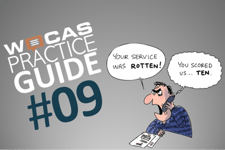
26.09.2023

28.08.2023
Untangling the corporate tangle: by searching for and eliminating the causes of problems
Typical analyses of customer contacts show that the greatest potential for contact reduction lies in eliminating the causes of customer concerns that neither generate added value nor inspire customers. Although this insight promises a win-win situation, ...
Beyond technology: activating customers for self-service and optimizing content
Today, self-service usage rates in many companies fall far short of expectations. Our experience shows that, beyond technology issues, self services are successful when customers are informed and motivated to use them and then effortlessly achieve relevant results.
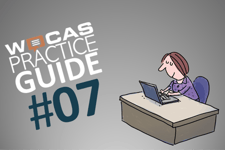
14.08.2023
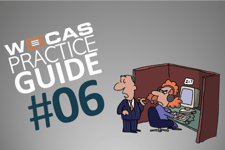
28.07.2023
Get your customer service out of the basement!
The performance of customer service is not valued enough in many companies. The "customer service in the basement" is a symbol of this. Companies should realize that they themselves are responsible for the majority of customer contacts. Structured feedback and division of responsibility can...
Contacts per X - the North Star of contact reduction
Service managers need suitable measurement tools (KPIs) to set targets and measure the effectiveness of contact reduction. Absolute contact numbers and relative percentages are unsuitable. Instead, precisely defined contact rates are required, ...
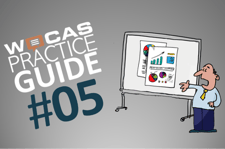
14.07.2023
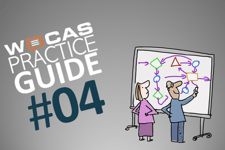
26.06.2023
Action instead of reaction: proactively optimize customer experiences and save inbound contacts!
After the Value/Irritant Matrix with its four action strategies was presented in the third WOCAS Practice Guide (->WPG#03), this article deals with a fifth action strategy ("pre-empt", proactive strategy) as a supplement to the other four strategies: Instead of reacting to customer inquiries and problems, companies should...
Finally clarity! Or: how a simple 2x2 matrix can change your company
You want to reduce your customer contacts and already have a better understanding of your customers' concerns (-> WPG#01) and what triggers are responsible for them (-> WPG#02). Now the question arises: How do I make the right decision on how to deal with the concerns and the associated contacts?
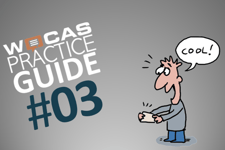
05.06.2023
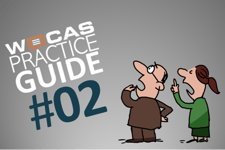
26.05.2023
Customer contacts are usually caused by the company itself. Unbelievable! But true.
While many service centers are working flat out to deal with the flood of incoming contacts, elsewhere in the company there is a constant supply of new contacts. Not intentionally, but at least negligently, and thousands of customers have to contact the service center unnecessarily. However, most companies know…
Where contact reduction begins or fails: the right choice of contact reasons
Most companies know far too little about why their customers contact the service department. There is a lack of data to derive and prioritize improvements. With the right classification, the contact report becomes an action plan for the entire company. …
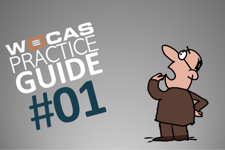
12.05.2023
26.09.2023
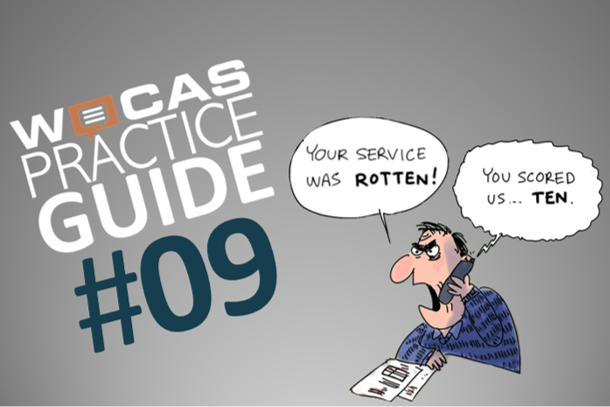
The power of contact rates: measure, control and improve
In an increasingly demanding business environment, service managers must clearly demonstrate the economic benefits of projects and initiatives. This also applies to contact reduction and digitalization measures. We explain the importance of strategic metrics ...
28.08.2023
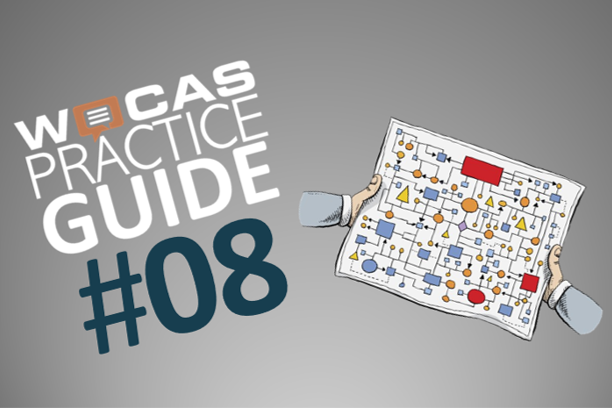
Untangling the corporate tangle: by searching for and eliminating the causes of problems
Typical analyses of customer contacts show that the greatest potential for contact reduction lies in eliminating the causes of customer concerns that neither generate added value nor inspire customers. Although this insight promises a win-win situation, ...
14.08.2023
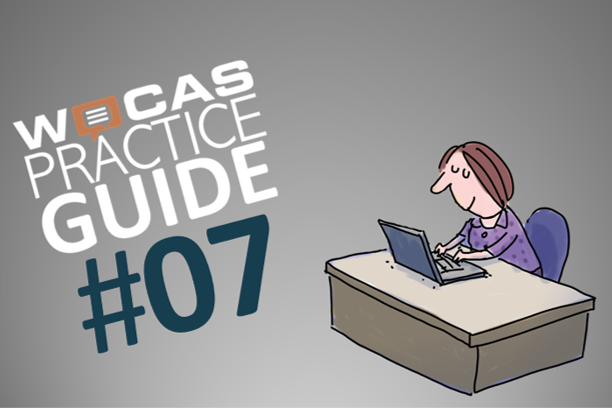
Beyond technology: activating customers for self-service and optimizing content
Today, self-service usage rates in many companies fall far short of expectations. Our experience shows that, beyond technology issues, self services are successful when customers are informed and motivated to use them and then use them effortlessly.
28.07.2023
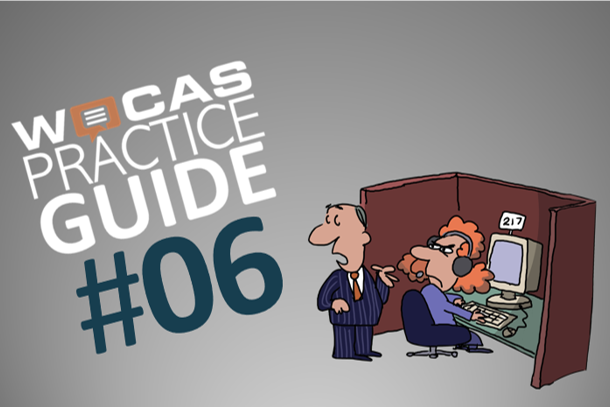
Get your customer service out of the basement!
The performance of customer service is not valued enough in many companies. The "customer service in the basement" is a symbol of this. Companies should realize that they themselves are responsible for the majority of customer contacts. Structured feedback and division of responsibility can...
14.07.2023
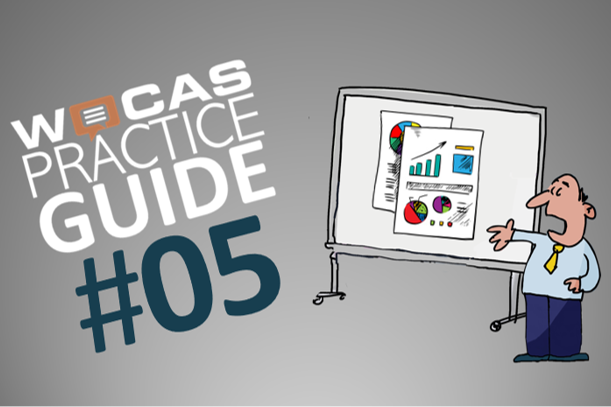
Contacts per X - the North Star of contact reduction
Service managers need suitable measurement tools (KPIs) to set targets and measure the effectiveness of contact reduction. Absolute contact numbers and relative percentages are unsuitable. Instead, precisely defined contact rates are required, ...
26.06.2023
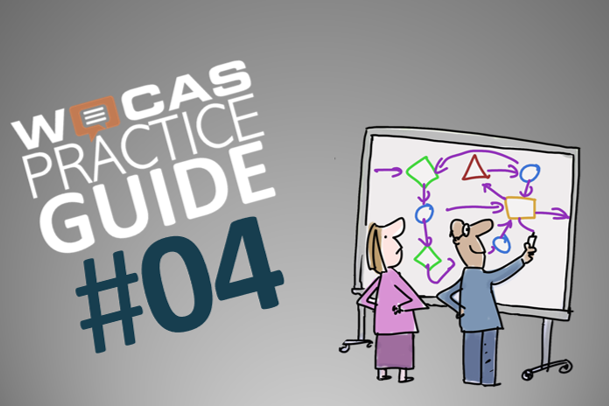
Action instead of reaction: proactively optimize customer experiences and save inbound contacts!
After the Value/Irritant Matrix with its four action strategies was presented in the third WOCAS Practice Guide (->WPG#03), this article deals with a fifth action strategy ("pre-empt", proactive strategy) as a supplement to the other four strategies: Instead of reacting to customer inquiries and problems, companies should...
05.06.2023
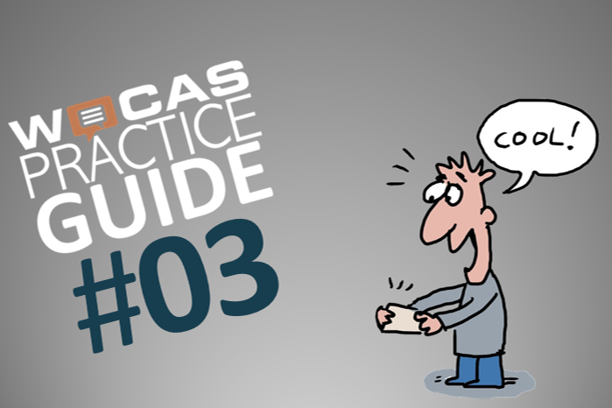
Finally clarity! Or: how a simple 2x2 matrix can change your company
You want to reduce your customer contacts and already have a better understanding of your customers' concerns (-> WPG#01) and what triggers are responsible for them (-> WPG#02). Now the question arises: How do I make the right decision on how to deal with the concerns and the associated contacts?
26.05.2023
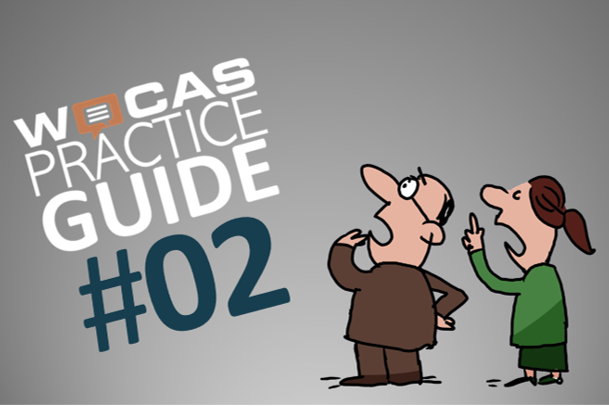
Customer contacts are usually caused by the company itself. Unbelievable! But true.
While many service centers are working flat out to deal with the flood of incoming contacts, elsewhere in the company there is a constant supply of new contacts. Not intentionally, but at least negligently, and thousands of customers have to contact the service center unnecessarily. However, most companies know…
12.05.2023
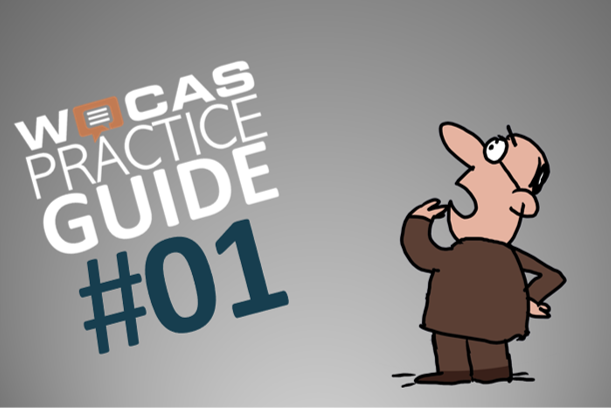
Where contact reduction begins or fails: the right choice of contact reasons
Most companies know far too little about why their customers contact the service department. There is a lack of data to derive and prioritize improvements. With the right classification, the contact report becomes an action plan for the entire company. …
